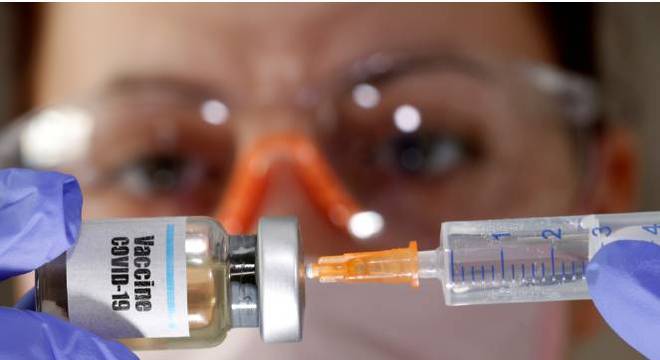Daily Update – 16th July 2020
Risk sentiment revived in currency markets on Wednesday as progress toward a COVID-19 vaccine helped equities rebound and commodity currencies strengthen, pushing the dollar to a one-month low. The USD’s weakness was again attributed to the risk-on backdrop, which saw stocks and yields head higher, prompting the unwinding of safe-haven long USD positions. The surge in risk-taking came following news that Moderna’s experimental COVID vaccine looks promising. Among the riskier commodity-linked currencies, the Canadian dollar, the Australian dollar and the New Zealand dollar was up. The euro rose to a four-month high versus the dollar, close to the euro-dollar's peak in early March. The single currency was boosted by a combination of dollar weakness and hopes that European Union leaders will reach an agreement about a proposed coronavirus recovery fund at the EU summit on Friday and Saturday. Oil prices rose 1% on Wednesday, supported by a sharp drop in U.S. crude inventories, but further gains were limited as OPEC and its allies are set to ease supply curbs from August as the global economy gradually recovers from the coronavirus pandemic. Claimant Count Change measures the change in the number of unemployed people in the U.K. during the reported month. A rising trend indicates weakness in the labor market, which has a trickle-down effect on consumer spending and economic growth. The Trade Balance measures the difference in value between imported and exported goods and services over the reported period. A positive number indicates that more goods and services were exported than imported. European Central Bank Monetary Policy Statement contains the outcome of the ECB's decision on asset purchases and commentary about the economic conditions that influenced their decision. The Philadelphia Federal Reserve Manufacturing Index rates the relative level of general business conditions in Philadelphia. A level above zero on the index indicates improving conditions; below indicates worsening conditions. The data is compiled from a survey of about 250 manufacturers in the Philadelphia Federal Reserve district. Yesterday's Market
Yesterday's Explained
Today's Market
Today's Focus


